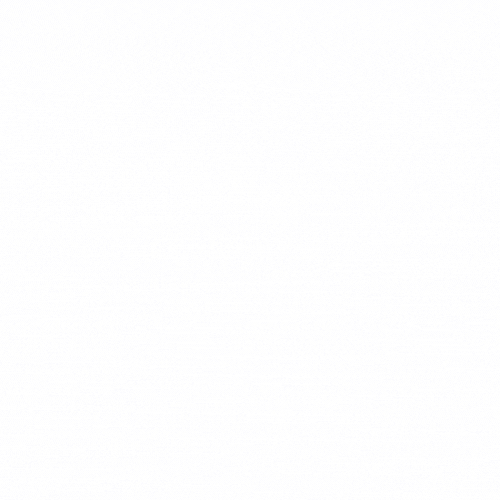Kajian Risiko Pajanan Dermal Insektisida pada aktivitas Cold Fogging kepada Teknisi Pengendali Hama PT. X Jakarta
DOI:
https://doi.org/10.35473/pro%20heallth.v1i2.242Keywords:
Chemical Risk assessment, Risk of Dermal Exposure, Insectiside, FoggingAbstract
Insecticides are one type of pesticide that is widely used in the community to protect public health. History has proven that the development of pesticides and insecticides has succeeded in reducing the rate of malaria, filariasis, onchocerciasis, and other infectious diseases. However, toxicity of pesticide may expose to pest control officer as well. During the process of manufacturing, mixing and applying insecticides, workers are exposed to chemical hazards from thr active ingredient of pesticide and risk to their health. In this study, insecticide dermal exposure to the pest controll technicians during cold fogging job was assessed using the semi-quantitative method, called DREAM (Dermal Risk Exposure Method). The unit of analysis consisted of pouring the insecticides from a concentrated bottle into a measuring cup, mixing insecticides with water, pouring the insecticide mixture into the fogging machine, and perform cold fogging. The amount of total dermal exposure was influenced by adsorption from emissions, desposition and transfer, and type of active ingredient, hand protection, and length of exposure. It was found that total dermal exposure during the activity of pouring insecticides from the concentrate bottle into a measuring cup was 11.90 (very low dermal exposure), during mixing waterbased insecticides was 11.90 (very low dermal exposure), pouring insecticide into the machine was 29.40 ( low dermal exposure) and cold fogging activities was 33.61 (moderate dermal exposure). Total actual dermal exposure were combination of those activities and gave value 86,83 that fell into moderate risk category.References
Mariana Riani. 2009. Toksikologi Insektisida Rumah Tangga dan Pencegahan Keracunan. Media Peneliti dan Pengembang Kesehatan. Volume XIX Tahun 2009, Suplemen II
Sintorini, Margaretha Maria, and Hadiyanto Putra. 2012. “Analisis Risiko Bahaya Kimia Pada Area Stock Fit Industri Sepatu , Pt Pratama Abadi Industri ,†6 (1): 53–62.
Maria G. Catur Yuantari1, , Budi Widianarko1,2, Henna Rya Sunoko1. 2015. Analisis Risiko Pajanan Pestisida Terhadap Kesehatan Petani. Jurnal Kesehatan Masyarakat Universitas Negeri Semarang
ASPHAMI. 2018. Daftar Anggota. https://www.aspphami.or.id/category/s5- organisasi/c37-daftar-anggota/
Vermeulen R., Stewart P., and Kromhout H. Dermal exposure assessment in occupational epidemiologic research. Scand J Work Environ Health 2002: 28(6): 371–385
De Joode, B., Brouwer, D., Vermeulen, R., Van Hemmen, J., Heederik, D. Dan Kromhout, H. (2003). DREAM: A Method for Semi-quantitative Dermal Exposure Assessment. The Annals of Occupational Hygiene
Wisnu Nuraga, Fatma Lestari, L. Meily Kurniawidjaja. 2008. Dermatitis Kontak Pada Pekerja Yang Terpajan Dengan Bahan Kimia Di Perusahaan Industri Otomotif Kawasan Industri Cibitung Jawa Barat : Program Studi Magister Keselamatan Dan Kesehatan Kerja, Departemen Keselamatan Dan Kesehatan Kerja, Fakultas Kesehatan Masyarakat, Universitas Indonesia, Depok 16424, Indonesia.
Tejamaya, M; Soraya, M (2018), DREAM: Dermal Risk Assessment Method, IIHA Newsletter, November edition.
Cabral, J. R. . et al. (1990) ‘Carcinogenecity Studies with Deltamethrin in Mice and Rats’, Elsevier, 49(2), pp. 147–152
Bayer Enviromental Science. 2009. Safety Data Sheet K-Othrine 20 EW 12X1L BOT ID
Vector Fog. 2019. What is Ultra Low Volume (ULV) Fogging. http://www.vectorfog.com/ what-is-ulv/. Diakses pada 21 Mei 2019
Barile, F.A. 2007. Principles of Toxicology Testing. CRC Press Taylor and Francis Group, New York.
Published
Issue
Section
License
As part of the submission process, authors are required to check off their submission's compliance with all of the following items, and submissions may be returned to authors that do not adhere to these guidelines.
- The submission file is in OpenOffice, Microsoft Word, RTF, or WordPerfect document file format.
- Below the abstract, about three to five keywords should appear together with the main body of the article with the font size 11.
- Institutional affiliations, and the email address of the corresponding author should appear only on a detachable cover sheet.
- If submitting to a peer-reviewed section of the journal, the instructions in Ensuring a Blind Review have been followed.
- Citation is done using bracket (last name and year of publication). When the sources are cited verbatim, page number is included (p. 78 or pp. 78-89).



